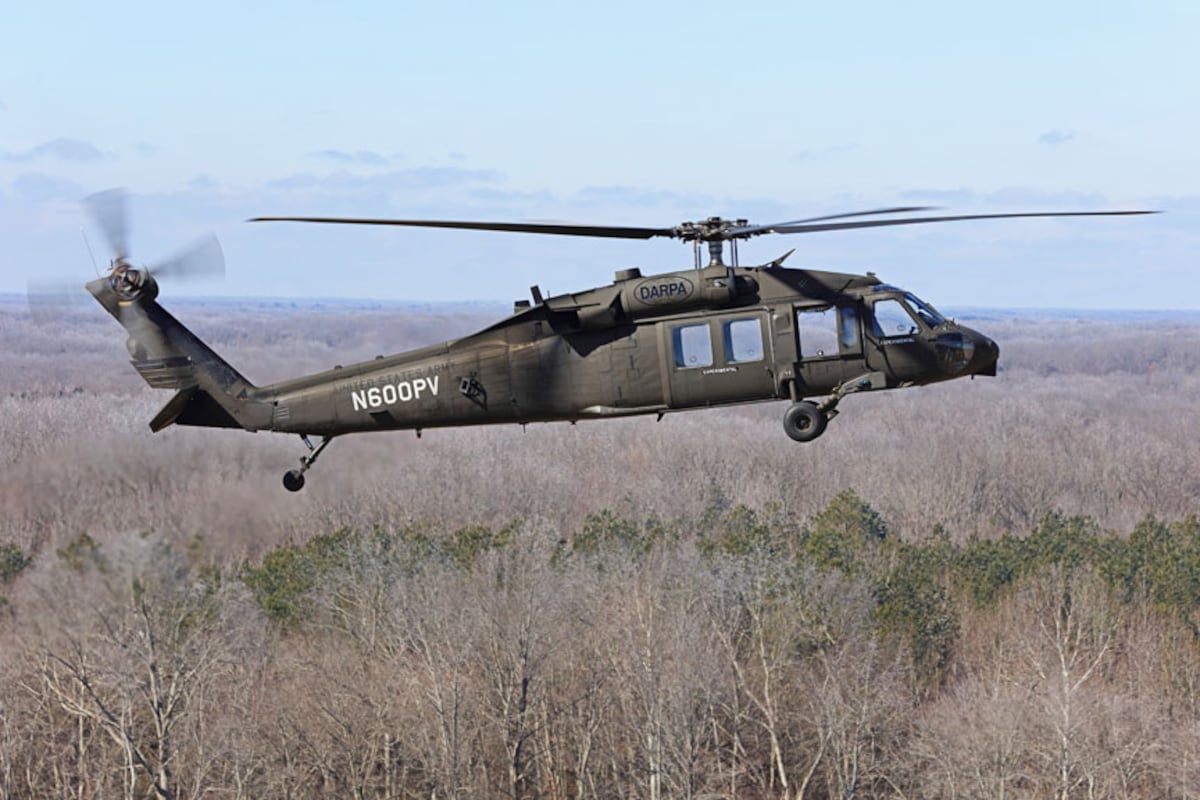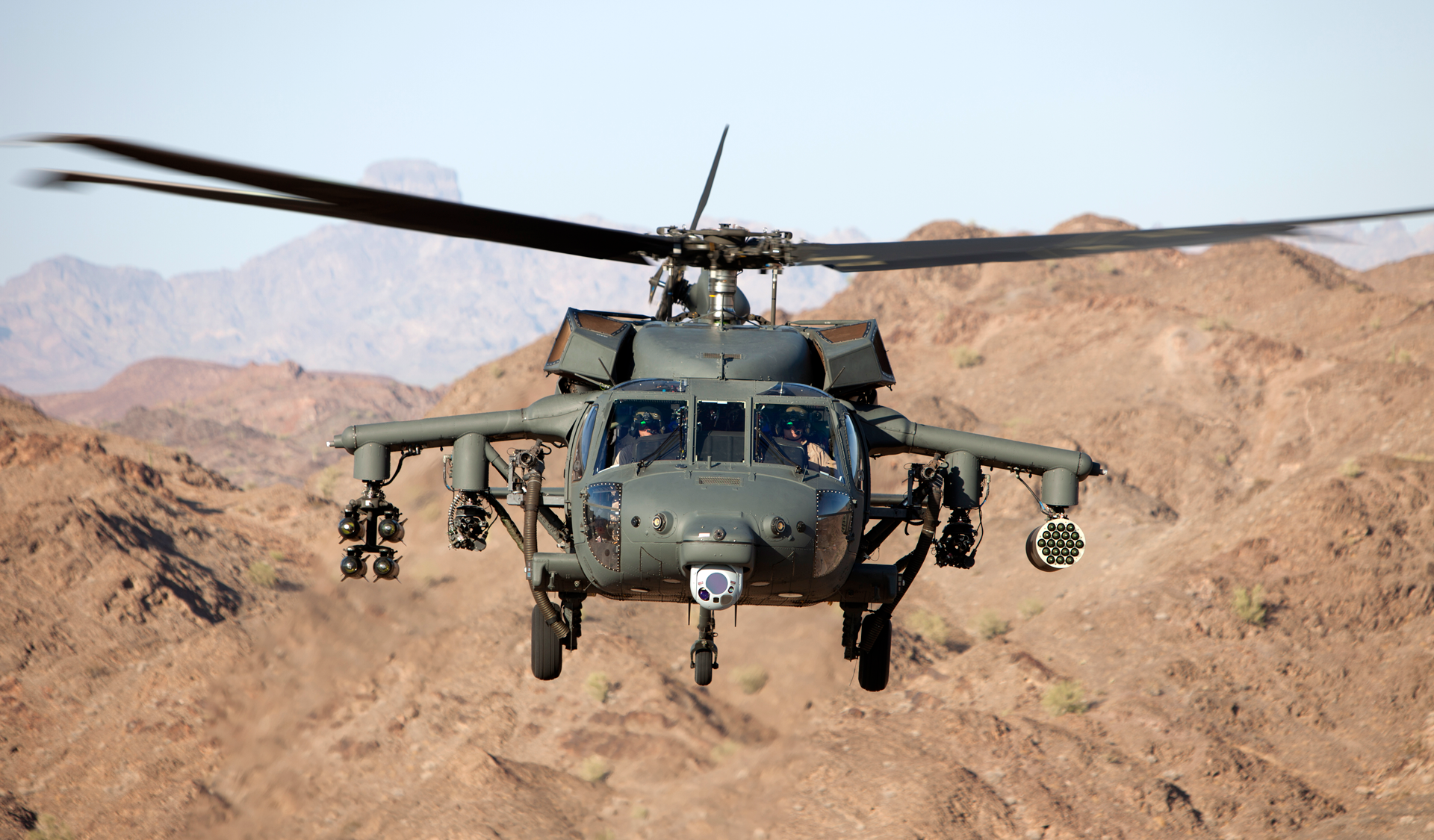Why the Blackhawk Helicopter Continues to Lead in Versatile and Dependable Airplane
Why the Blackhawk Helicopter Continues to Lead in Versatile and Dependable Airplane
Blog Article
Revealing the Power and Versatility of the Blackhawk Helicopter
The Blackhawk helicopter stands as a testament to engineering quality and armed forces technology, substantially forming the landscape of contemporary aerial procedures. Originally established in the late 1960s, this dual-engine airplane has actually evolved into a complex platform efficient in executing a variety of objectives, from tactical army deployments to immediate clinical evacuations. Its design integrates innovative modern technology and materials, improving both efficiency and survivability. As we discover its background and operational capabilities, one must take into consideration exactly how the Blackhawk continues to influence contemporary battle methods and humanitarian efforts alike. What does this mean for the future of army aviation?
History of the Blackhawk
The history of the Blackhawk helicopter is noted by substantial technological advancements and a strategic evolution in armed forces aviation. Developed in the late 1960s by Sikorsky Airplane, the UH-60 Blackhawk was at first developed to change the older UH-1 Iroquois, frequently known as the "Huey." The Blackhawk's initial trip took place in 1974, and it was formally introduced to the U.S. Military in 1979.


This aircraft was designed to fulfill the demanding demands of contemporary war, concentrating on flexibility, longevity, and rate (Blackhawk Helicopter). Its ability to operate in various environments, coupled with innovative avionics and design functions, rapidly established the Blackhawk as an essential asset for army procedures worldwide
Throughout the 1980s and 1990s, the Blackhawk saw substantial use in numerous disputes, including the Gulf War and altruistic goals. The helicopter's flexibility enabled it to offer several duties, from army transport to medevac and logistical assistance. As innovation progressed, so did the Blackhawk, resulting in many variants that dealt with details goal demands. Today, the Blackhawk remains a legendary symbol of military aviation, continually improved to fulfill contemporary challenges.
Trick Features and Requirements
Blackhawk helicopters are renowned for their engineering excellence and operational flexibility, boasting a variety of crucial functions and requirements that boost their effectiveness in numerous military roles. One of one of the most substantial qualities is their dual-engine configuration, normally powered by the T700-GE-701C engines, which provide extraordinary dependability and performance. The helicopter has an optimum cruise speed of around 150 knots and a service ceiling of approximately 20,000 feet, enabling it to run properly in diverse settings.
The Blackhawk's airframe is built from advanced composite products and light weight aluminum alloys, guaranteeing a durable framework while minimizing weight. It includes a fully verbalized blades system that supplies exceptional dexterity and stability. The helicopter can suit as much as 11 battle soldiers or lug approximately 8,000 pounds of outside cargo, making it very adaptable for different objectives.
Furthermore, the Blackhawk is outfitted with advanced avionics and communication systems, enhancing situational awareness and objective control. Its capacity to run in adverse weather problems, combined with its low acoustic trademark, makes it a sneaky alternative for tactical procedures. Overall, these functions add to the Blackhawk's online reputation as a cornerstone of contemporary military aviation.
Versatile Operational Responsibilities
Renowned for their design excellence and advanced capabilities, Blackhawk helicopters serve a multitude of operational functions within army structures. Originally created for troop transportation, their versatility has actually expanded, permitting them to execute different missions successfully.
Among the main functions of the Blackhawk is as an energy helicopter, promoting logistical assistance by moving products and workers to and from remote locations. Furthermore, they master clinical evacuation (MEDEVAC) operations, geared up with innovative medical equipment and workers to supply essential care in the area.
In fight scenarios, Blackhawks can operate as armed escort platforms, sustaining ground pressures by involving enemy assets while making sure army security. Their ability for unique operations makes them indispensable; they can conduct reconnaissance goals, personnel recuperation, and straight activity raids, frequently in high-threat environments.
Moreover, the Blackhawk's adaptability permits it to support altruistic goals and disaster response initiatives, providing help and essential solutions in times of situation. This broad range of functional roles shows the Blackhawk helicopter's unequaled versatility, reaffirming its standing as a vital possession in modern military procedures worldwide.
Technological Innovations
Various technical technologies add to the Blackhawk helicopter's extraordinary performance and versatility in diverse operational environments. Among one of the most substantial developments is its composite rotor blades, which boost lift and ability to move while minimizing weight and upkeep demands. The rotor system uses sophisticated products that bolster resilience and resist environmental degradation, ensuring dependable operation in extreme conditions.
Furthermore, the Blackhawk is outfitted with a Bonuses modern avionics suite that incorporates sophisticated navigating and communication systems - Blackhawk Helicopter. This includes GPS, radar, and multi-function displays that facilitate real-time situational recognition for pilots, adding to goal success under difficult situations
Additionally, the helicopter's fly-by-wire control system permits specific handling and improved responsiveness, supplying pilots with enhanced control during her response facility maneuvers. The consolidation of sophisticated engine modern technology, such as the T700-GE-701C engine, further improves performance, supplying boosted power result and fuel efficiency.
Lastly, modular style principles allow quick reconfiguration for various objectives, from army transportation to clinical evacuation, making the Blackhawk a versatile asset in armed forces and altruistic procedures. These technical advancements jointly make sure that the Blackhawk remains an awesome visibility overhead.
Effect on Modern Warfare

Furnished with innovative avionics and interaction systems, the Blackhawk allows seamless coordination among ground and air devices, ensuring timely and exact reaction to dynamic battle scenarios. Its flexibility permits quick implementation in diverse atmospheres, from city setups to rugged surfaces, mirroring the multifaceted nature of contemporary warfare.
Furthermore, the Blackhawk's remarkable rate and dexterity facilitate quick insertion and removal of employees, decreasing direct exposure to adversary fire. Its capacity to run in hostile problems, coupled with advanced protective procedures, boosts survivability and goal success rates.
As modern-day conflicts increasingly count on joint operations and quick feedback, the Blackhawk helicopter remains at the forefront of find more information military strategy, symbolizing the evolution of air movement and the essential role of air power in accomplishing calculated objectives. Its effect on modern-day war continues to redefine the capabilities of militaries around the world.

Final Thought
Finally, the Blackhawk helicopter exemplifies the crossway of innovative design and operational versatility, solidifying its standing as a foundation of modern-day army aeronautics. Its historic value, impressive features, and versatility across various objective accounts emphasize its vital role in modern war. As technological technologies proceed to boost its abilities, the Blackhawk continues to be a necessary possession for armed pressures globally, showing unparalleled effectiveness in both fight and humanitarian procedures.
The Blackhawk helicopter stands as a testimony to engineering excellence and military technology, substantially forming the landscape of modern-day aerial operations.The history of the Blackhawk helicopter is noted by substantial technical improvements and a critical advancement in armed forces air travel.Blackhawk helicopters are renowned for their engineering excellence and operational adaptability, flaunting an array of essential functions and requirements that boost their performance in numerous armed forces duties.Various technical advancements add to the Blackhawk helicopter's phenomenal performance and versatility in diverse operational environments.In conclusion, the Blackhawk helicopter exhibits the junction of innovative engineering and functional convenience, strengthening its standing as a cornerstone of contemporary military air travel.
Report this page